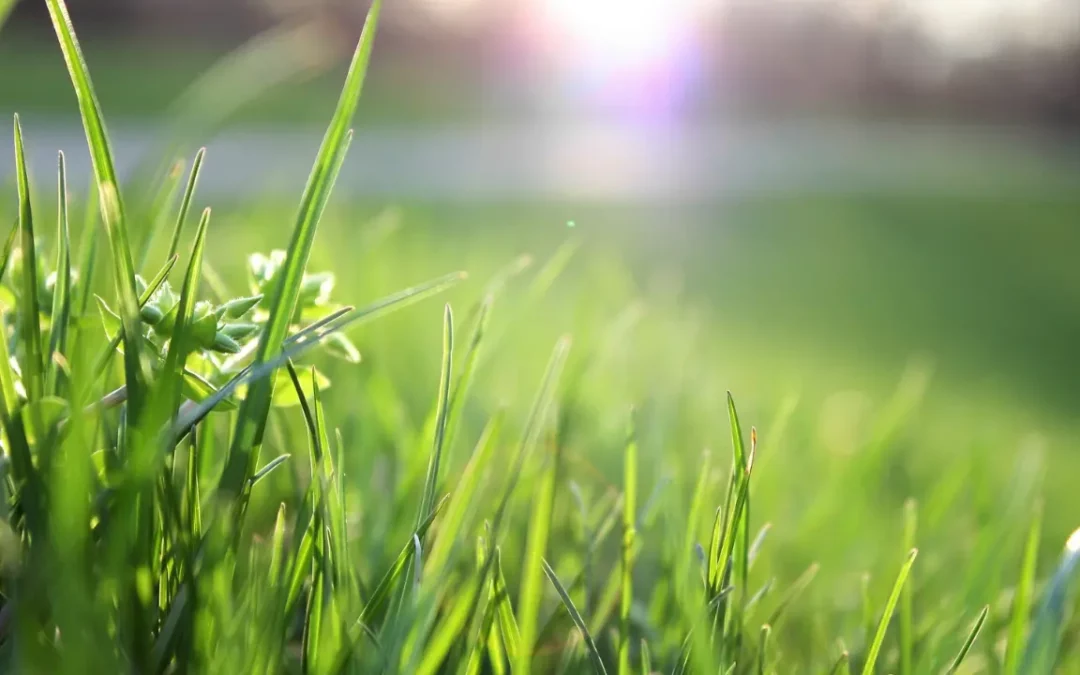Understanding Overseeding
Are you struggling with a patchy, lackluster lawn that doesn’t quite live up to your green dreams? Overseeding might be the solution you’ve been looking for. In this article, we’ll delve into the world of overseeding, explore its benefits, and address some of the concerns associated with this lawn care practice.
What is Overseeding?
Before we dive deeper, let’s define overseeding. Simply put, overseeding involves spreading grass seeds over an existing lawn. It’s a proactive approach to enhance your lawn’s health and appearance. This process is usually done in the fall when the soil is still warm, but the air temperature begins to cool down.
The Benefits of Overseeding
Overseeding comes with a host of benefits, making it a popular choice among homeowners seeking a luscious, vibrant lawn. Here are some of the advantages:
1. Thicker Grass Coverage
Overseeding introduces new grass varieties to your lawn, filling in bare spots and making your grass denser. This results in a lush, green carpet that’s less susceptible to weeds.
2. Improved Lawn Health
New grass plants help improve your lawn’s resilience against pests and diseases. They can also withstand harsh weather conditions better than older grass.
3. Enhanced Aesthetic Appeal
A thicker, healthier lawn not only looks more appealing but also adds value to your property. It can become the envy of your neighborhood.
Potential Concerns with Overseeding
While overseeding is generally beneficial, it’s essential to address some potential concerns to ensure you’re doing it right:
1. Competition for Resources
New grass seedlings will compete with existing grass for sunlight, water, and nutrients. Ensure proper spacing to avoid overcrowding.
2. Timing Matters
Timing is critical for successful overseeding. If done too early or late in the season, your efforts may not yield the desired results.
3. Seed Selection
Choosing the right grass seed for your region and climate is crucial. The wrong seed can lead to disappointment.
Is Overseeding Bad for Your Lawn?
Now, let’s tackle the million-dollar question: is overseeding bad for your lawn? The answer is a resounding no. However, like any lawn care practice, it must be done correctly to reap the benefits without any drawbacks.
Common Myths About Overseeding
Before we debunk some myths, let’s address a common misconception. Overseeding is not harmful per se. The myths about its negativity often stem from improper practices.
Myth 1: Overseeding Causes Thatch
Proper overseeding with appropriate seed varieties and techniques won’t lead to thatch buildup. Thatch is typically the result of poor lawn maintenance.
Myth 2: Overseeding is Expensive
While overseeding requires an initial investment, the long-term benefits far outweigh the costs. You’ll save on water, fertilizer, and time spent battling lawn issues.
Proper Practices for Successful Overseeding
To ensure that overseeding benefits your lawn, follow these best practices:
1. Prepare Your Lawn
Mow your lawn short and rake away debris to create a suitable environment for the new seeds to make contact with the soil.
2. Choose the Right Seeds
Consult a local expert such as Keyman Lawncare or do some research to select grass varieties that thrive in your area.
3. Water and Patience
Keep the soil consistently moist during germination and be patient. Overseeding results take time but are well worth it.
Signs That Overseeding Might Not Be Right for Your Lawn
While overseeding is beneficial for most lawns, it’s not always the best choice. If your lawn is severely damaged or the soil quality is poor, consider other alternatives like sodding or full renovation.
Summary
Overseeding is a valuable tool in achieving a lush, healthy lawn. When done correctly, it’s not bad for your lawn; in fact, it’s quite the opposite. By following proper practices and dispelling common myths, you can enjoy the rewards of a beautiful, resilient lawn.
Keyman Fertilization & Weed Control, LLC
608.845.9480

